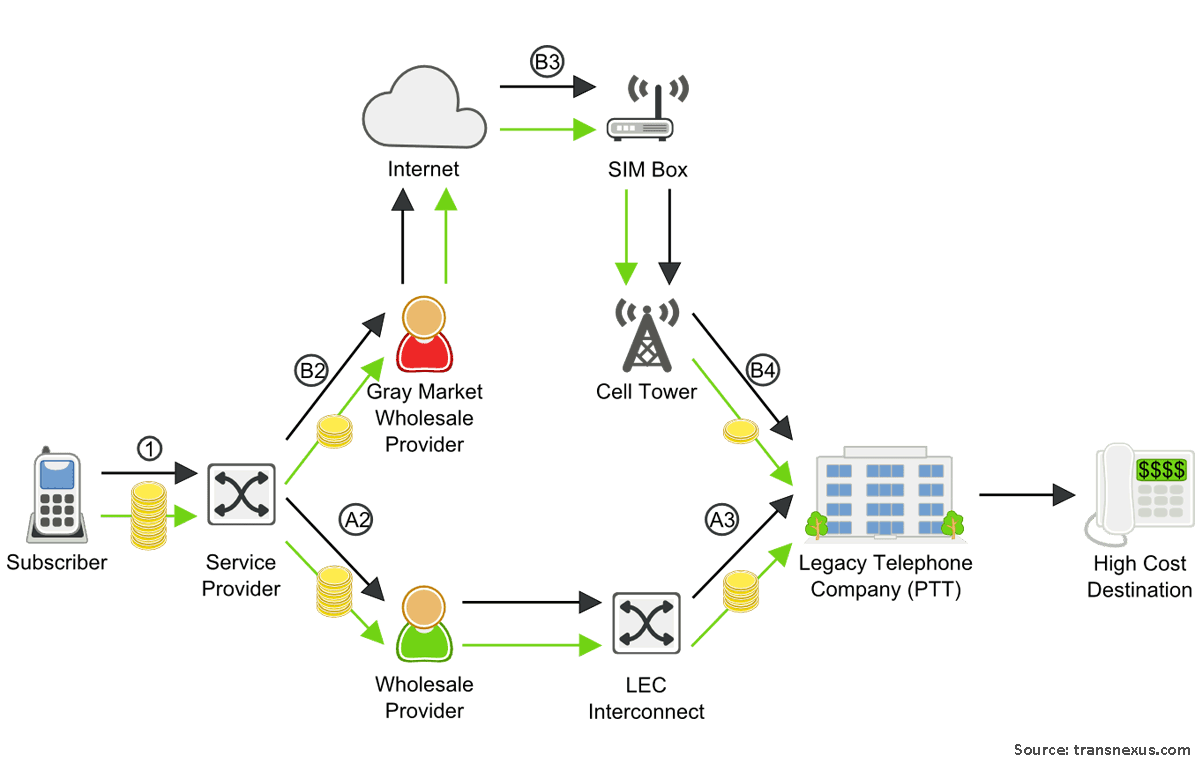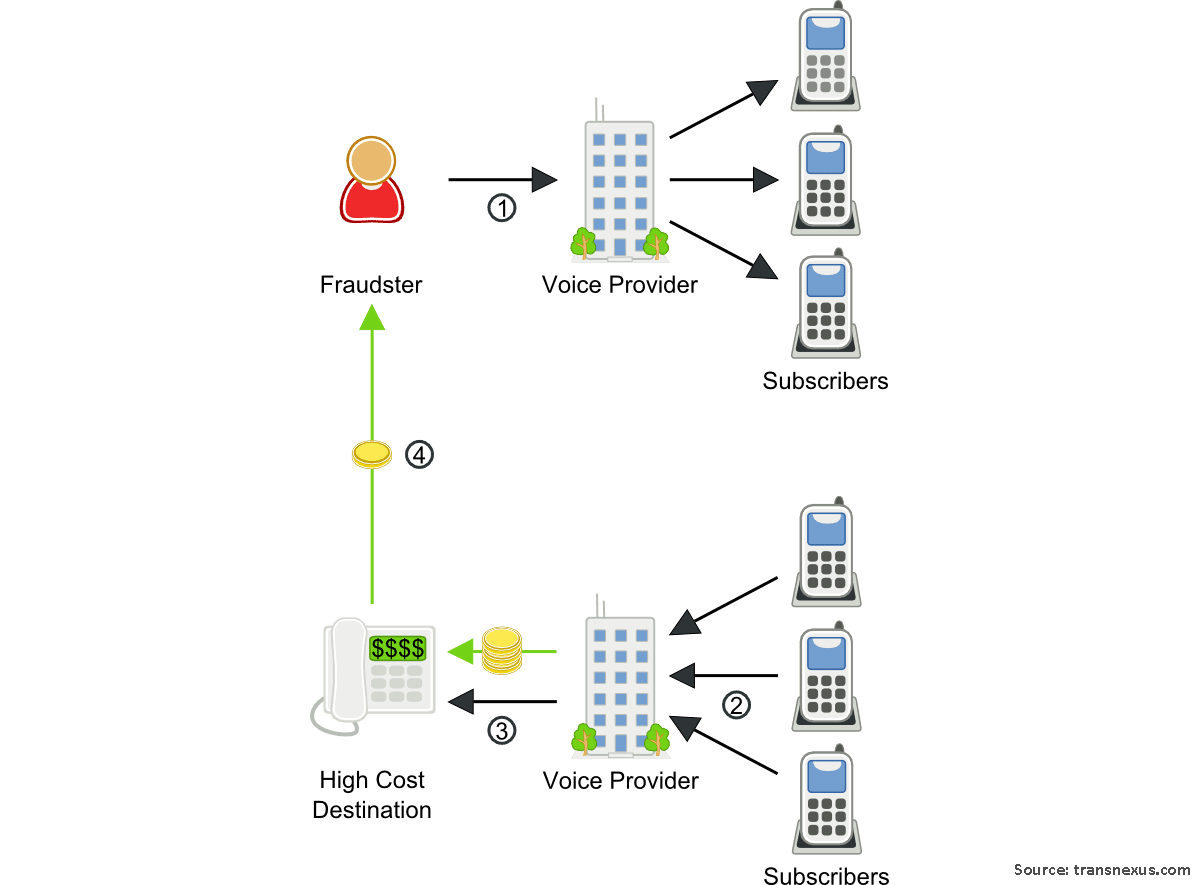Frauds are a reality and as we are progressing further adding more technology to our lives, frauds are only getting closer. According to the Communications Fraud Control Association (CFCA), the telecom fraud amounted to a whopping $30 billion globally last year. BICS’ international carrier customer base blocked more than 38 million fraud call attempts in 2016, an increase of 12 percent since 2015.
Let’s have a look at the top frauds that have been affecting the telecommunication industry and have managed to keep the carriers and operators on their toes:
SMS Phishing
Or Smishing as it is popularly known as, lures the recipients of malicious text messages to click on fraudulent links or call back on fraud numbers to obtain their information or making them download malicious content on their phone.
Sim box Fraud

OTT Bypass Fraud
The use of technology is constantly evolving, more so with the improving internet speeds that has led to the upsurge of OTT players. The OTT Bypass fraud usually happens in mobile-to-mobile calls where the fraud takes place during the interception and redirection of the call that originated in the legitimate mobile network, into the wholesale/interconnect network without the subscriber’s consent.
Call Forwarding and Transfer Fraud
One of the most common telecom fraud, the fraudsters gain unauthorized access to the enterprise PBX or voice mail IVR in order to configure call forwarding and sneak profit from a revenue sharing deal. This fraud affects the service providers causing them major financial losses by paying for fraudulent calls without their knowledge.
Location Routing Number Fraud
Location Routing Number Fraud (LRN) fraud originates due to some service providers avoiding extra charges from LRN dips. Most providers run an LRN dip to identify the correct LRN for a dialed number. However, some service providers do not perform an LRN dip thereby allowing the fraudsters to insert the LRN for a cheaper terminating destination in their SIP invites, while the call is actually transferred to an expensive remote destination.
Payment Fraud
Something we all dread. Payment fraud has been as old as the payments itself. Obviously there are a whole lot of fraudsters looking out for your money, prying through the layers of internet relying on the security breaches.
Wangiri Fraud
Originated from a Japanese word Wangiri meaning one and cut. This fraud involves the fraudsters dialling random numbers from a system leaving a missed call on the mobiles of the receivers. Most receivers give a call back and end up getting connected to premium numbers selling sometimes illegal services.
Read Also
Is Fraud in Interconnect Business Eating into your Profits?
Telecom Frauds Under a New Garb: How They Look Like Now?
PBX Fraud
Vulnerable PBX systems are infiltrated by telephone hackers to make international and long distance calls, overhear the voice mails or monitor conversations. The victims of hacked PBX systems thereby unsuspectingly allow the hackers to sell the use of their telephone system to others or provide the hackers with an opportunity to maliciously reprogram the system.
Wholesale SIP Trunking Fraud
This kind of fraud is relatively new and hard to track. The fraudsters here sell wholesale trunking services, using stolen credentials to terminate the calls. This fraud can be identified by large number of random calls. The targeted destinations are mid-level ranging from countries like Vietnam, Laos, or other middle-priced Asian countries.
Panamax offers sophisticated enterprise fraud management solution to elude such telecom frauds that may affect your business. Our fraud management system makes use of both Artificial Intelligence and Business Intelligence to safeguard the networks through predictive models, generated by machine learning. Our VoIP Fraud Detection solution can be used by Operators, Carriers and Regulators alike, looking to safeguard their revenue and provide world-class customer experience.






















